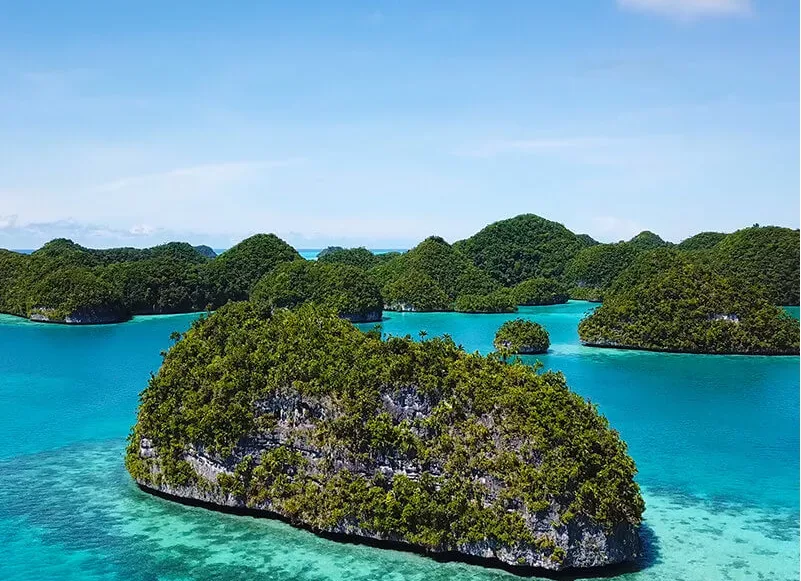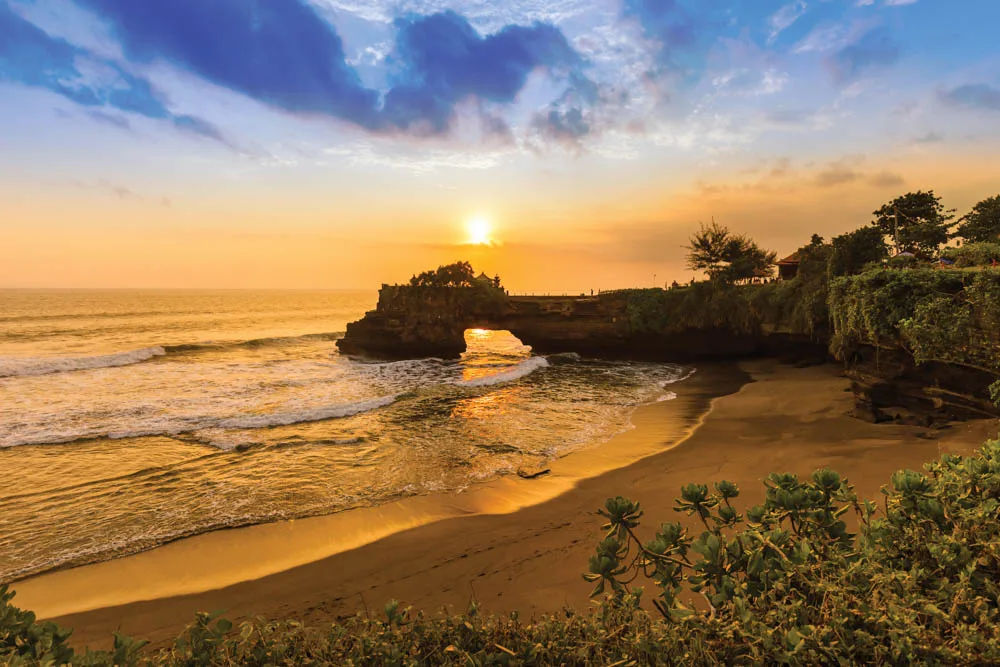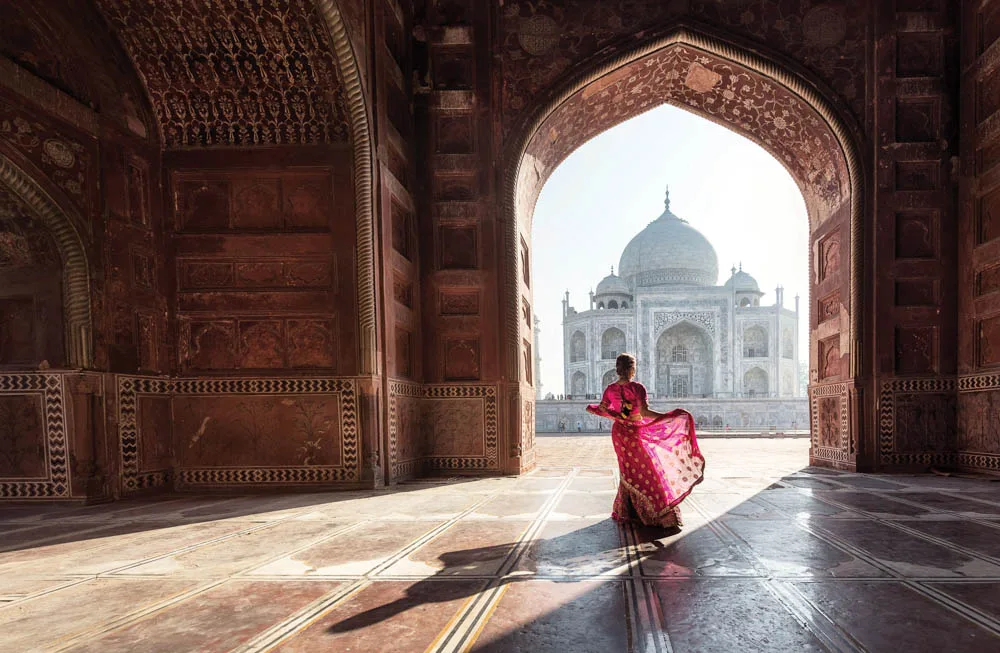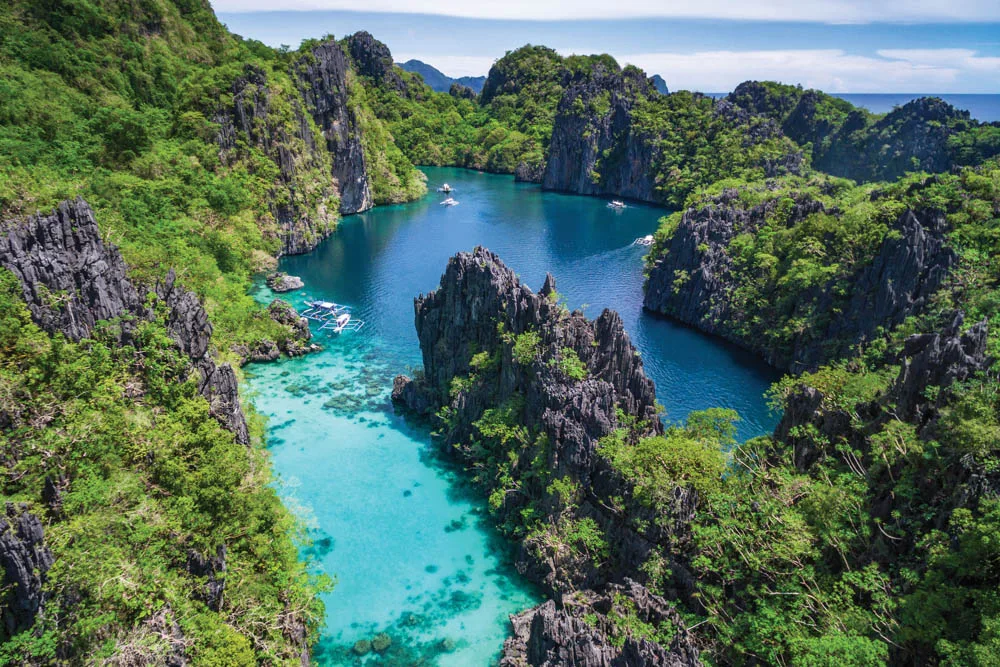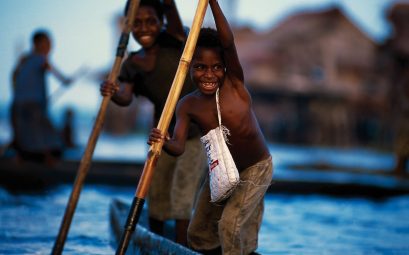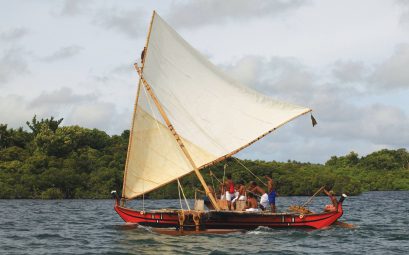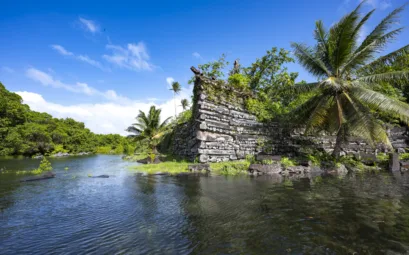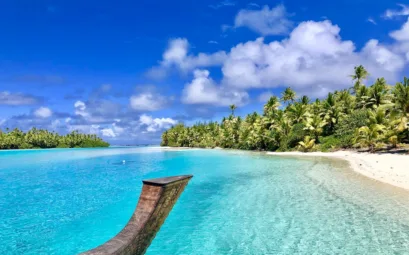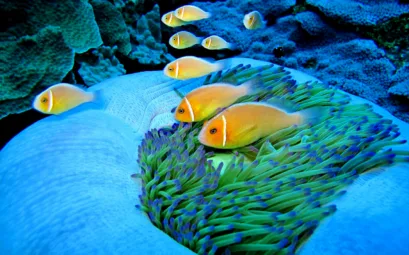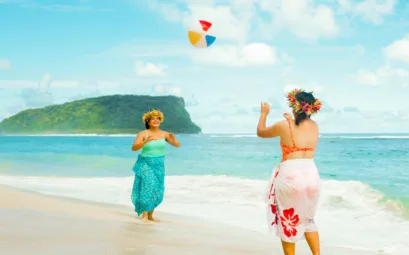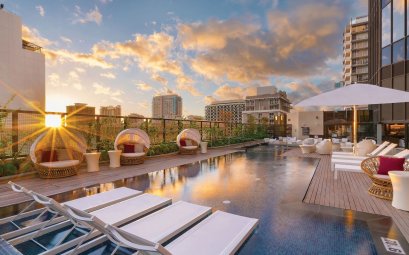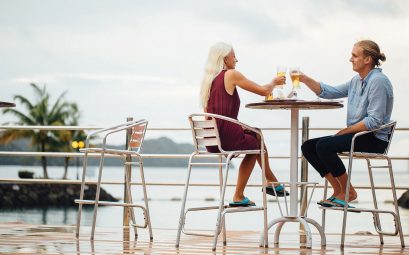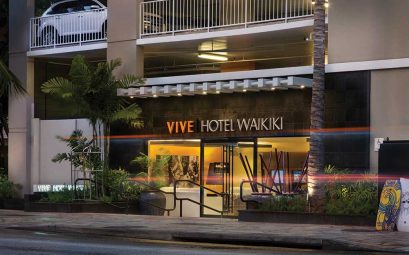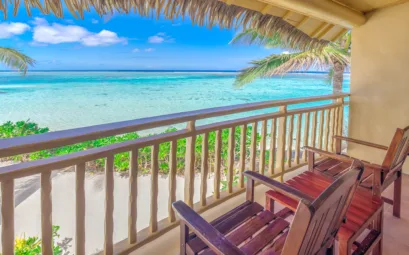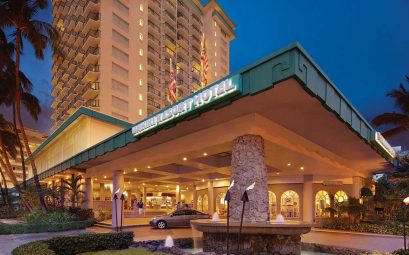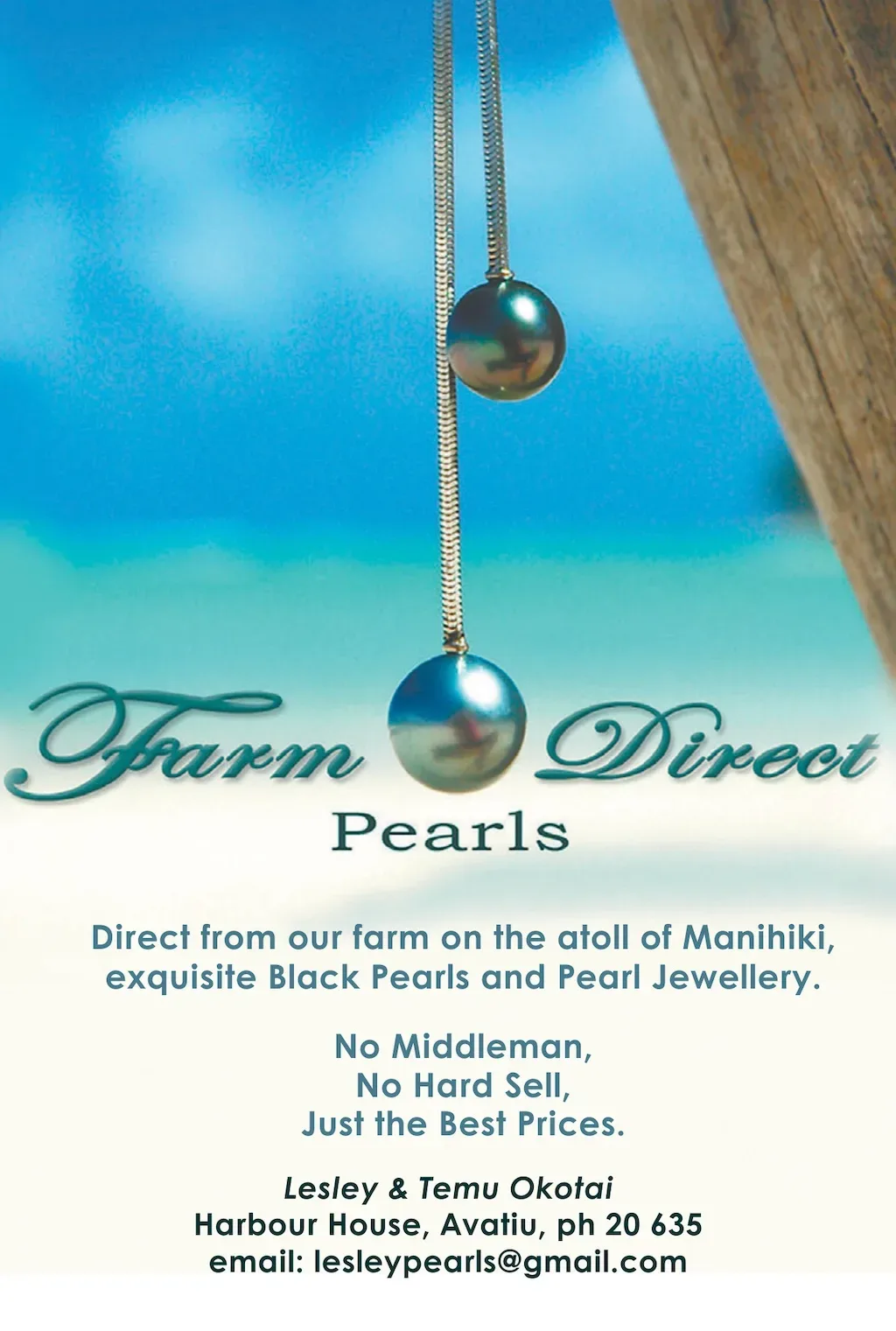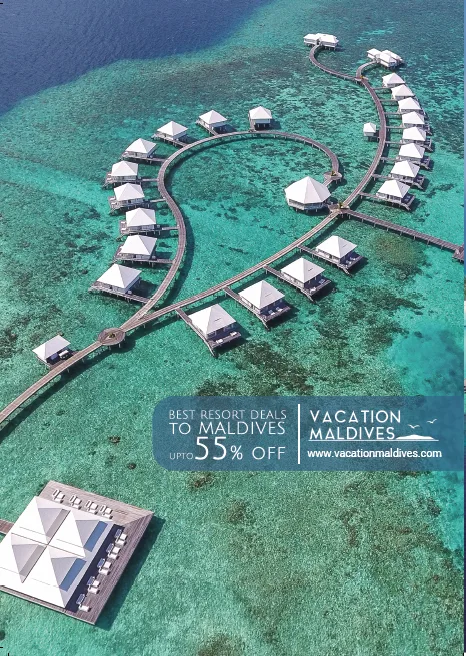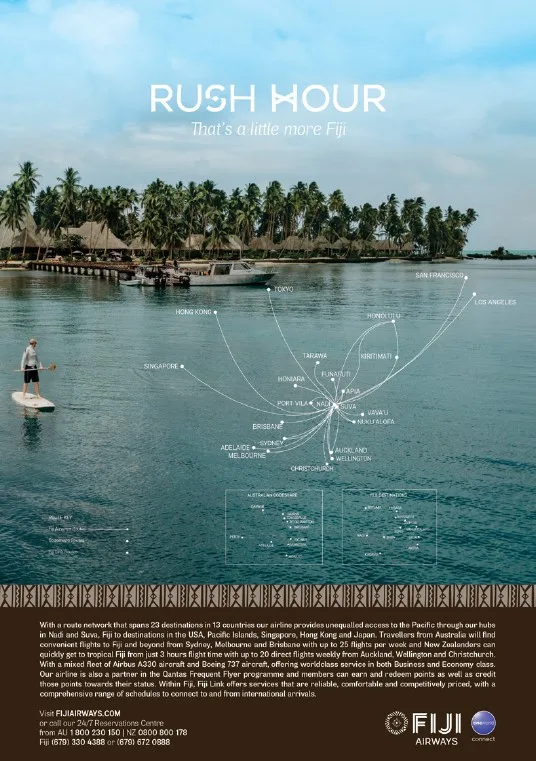Looking for a special Destination?
Select the areas of the world that interests you
Papua New Guinea, Pacific
Port Moresby is home to 200,000 people, with 700 diverse languages and cultures. The town consists of a complex traditional soc...
Micronesia, Pacific
Part of the Federated States of Micronesia, Yap is situated in the Western Caroline Islands, between Guam and Palau. It is made...
Micronesia, Pacific
This is the largest island in the Eastern Caroline Group and the capital of the FSM. It fits the typical South Sea island image...
Cook Islands, Pacific
Aitutaki, the second most visited island in the Cook Islands group, is geologically part volcanic and part atoll. Just 220 kilo...
Micronesia, Pacific
The State of Kosrae is one of four states in the Federated States of Micronesia and, as well as the island of Kosrae, consists of ...
Samoa, Pacific
The gateway to Samoa, Upolu is home to the international airport, the capital city, Apia, and the bulk of the country’s populati...
View featured accommodations
Get inspired, or change by destinations
Sponsors
Get inspired, or browse by interest
Hotel Partners
We partner with hotel chains across the globe to ensure a comfortable
stay wherever you travel!












Popular Destinations
Pacific
- American Samoa
- Cook Islands
- Aitutaki
- Rarotonga
- Fiji
- Coral Coast & Pacific Harbour
- Denarau Island
- Mamanuca And Yasawa Island
- Nadi
- Suva
- Hawaii
- Big Islands / Islands of Hawaii
- Kauai
- Maui
- Oahu
- Islands of Tahiti
- Micronesia
- Chuuk
- Guam
- Kosrae
- Marshall Islands
- Nauru
- Palau
- Pohnpei
- The Marianas
- Yap
- Papua New Guinea
- Port Moresby
- The Highlands & The Sepik
- Samoa
- Savai'I
- Upolu
- Solomon Islands
- Honiara
- Vanuatu
- Outer Islands
Asia
- Cambodia
- India
- Indonesia
- Bali
- Java
- Lombok
- Sulawesi
- Japan
- Malaysia
- Langkawi
- Sabah
- Maldives
- Philippines
- Luzon & Manila
- Palawan
- Visayas
- Singapore
- Sri Lanka
- Thailand
- Central Thailand, Bangkok & Hua Hin
- East Coast Thailand
- Koh Samui
- North Thailand
- Phuket
- South Thailand
- Vietnam
- Central Vietnam
- North Vietnam
- South Vietnam

